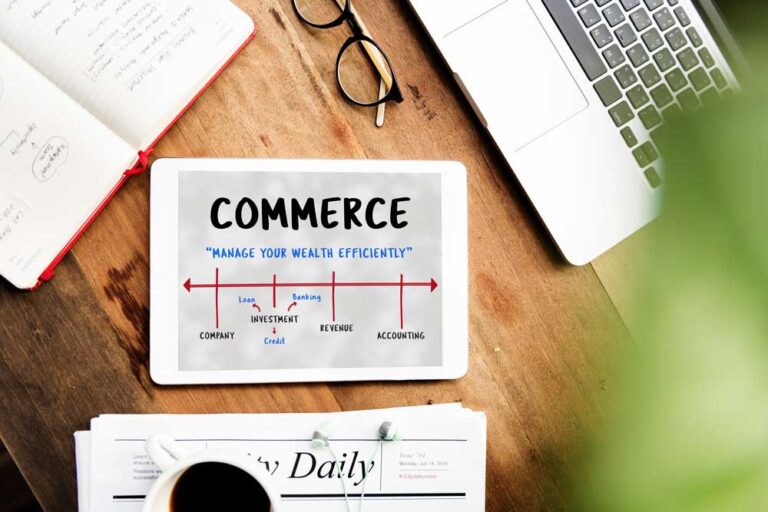
Designing a corporate website versus a store
Navigating the Digital Realm: Corporate vs. Store Website Design
In today’s ever-evolving digital landscape, the design and functionality of websites have become paramount for businesses, irrespective of their scale and scope. Whether you’re a corporate giant or a small brick-and-mortar store, your website acts as your digital storefront, often making the first impression on potential customers. However, the approach to web design can significantly differ between corporate and store websites, reflecting their unique goals and objectives. In this in-depth exploration, we will delve deeper into the distinct characteristics of these two types of websites.
1-Purpose and Goals
Corporate Websites
Corporate websites typically serve multiple purposes, with a primary focus on establishing and reinforcing a brand’s identity. They are the digital face of the company, aiming to project professionalism, trustworthiness, and authority. Key objectives include:
- Brand Image: Corporate websites prioritize brand identity and reputation. They showcase the company’s mission, values, and history, often with a comprehensive “About Us” section.
- Information Dissemination: They provide in-depth information about the company’s products, services, and industry expertise, catering to various stakeholders, including investors, clients, and partners.
- News and Updates: Corporate websites maintain sections for company news, press releases, and updates, fostering transparency and communication.
- Investor Relations: Many corporate sites feature dedicated investor relations sections with financial reports, shareholder information, and contact details for inquiries.
Store Websites
Store websites, on the other hand, have a more focused objective—driving sales and customer engagement. These websites are designed to captivate and convert visitors into customers, prioritizing:
- Product Showcase: The central element of a store website is the display of products or services. They emphasize product listings, high-quality images, and detailed descriptions.
- E-commerce Functionality: Store websites enable online shopping, with features such as shopping carts, secure payment gateways, and seamless checkout processes.
- Customer Reviews and Testimonials: To build trust and influence purchase decisions, many store websites prominently feature customer reviews and testimonials.

2-Design Aesthetics
Corporate Websites
Corporate websites tend to adopt a clean, minimalist design ethos that reflects the brand’s image of professionalism and sophistication. Key design elements include:
- Colour Palette: Professional colour schemes that align with the brand’s identity, often incorporating corporate colours.
- Imagery: High-quality, carefully selected images that convey a sense of authority and trust.
- Consistent Layout: A structured and consistent layout across pages, creating a cohesive and polished feel.
Store Websites
Store websites often lean towards visually engaging designs that entice visitors to explore and make purchases. These designs may feature:
- Vibrant Colours: The use of vibrant and attention-grabbing colours to create a visually appealing atmosphere.
- Graphics and Banners: Eye-catching graphics and promotional banners highlighting special offers or featured products.
- Visual Hierarchy: Clear visual hierarchies that guide visitors’ attention to products, pricing, and calls to action.
3-Content Structure
Corporate Websites:
Content on corporate websites follows a logical and hierarchical structure, aiming to provide comprehensive information. Common sections include:
- Home: A welcoming homepage often featuring a brand statement or a hero image.
- About Us: Detailed information about the company’s history, mission, values, and leadership.
- Services/Products: In-depth descriptions of the company’s offerings, often organized into categories.
- News/Blog: Sections for news updates, blog posts, and industry insights.
- Contact/Inquiries: Contact forms, office locations, and avenues for inquiries.
Store Websites:
Store websites are structured to facilitate product discovery and purchase. Key sections and features include:
- Homepage: A dynamic homepage showcasing featured or new products, often with attention-grabbing visuals.
- Product Catalogue: Organized listings of products or services, often categorized for ease of navigation.
- Product Pages: Detailed descriptions, images, pricing, and customer reviews for individual products.
- Shopping Cart: A user-friendly shopping cart system to add and manage selected items.
- Checkout: Streamlined and secure checkout processes, including payment options and shipping details.

4-User Experience (UX)
Corporate Websites:
Corporate websites prioritize a user experience cantered around informative content and brand representation. Key elements of user experience include:
- Navigation: Clear and intuitive navigation menus, often with dropdowns for easy access to various sections.
- Content Accessibility: Emphasis on readability, with well-organized text and multimedia content.
- Interactions: User interactions often involve contact forms, newsletter sign-ups, and investor relations inquiries.
Store Websites:
Store websites are engineered for a seamless shopping experience, emphasizing:
- Product Search: Robust search functionality and filters to help visitors find desired products quickly.
- Shopping Cart: An easily accessible and visible shopping cart that updates in real-time.
- User Reviews and Ratings: Customer reviews and ratings that build trust and assist in purchase decision-making.
- Responsive Design: Thorough mobile optimization to accommodate the growing trend of mobile shopping.
5-Mobile Optimization
Corporate Websites:
Corporate websites are expected to be fully responsive and accessible on mobile devices. However, the mobile design often prioritizes readability and accessibility over visually rich experiences.
Store Websites:
Mobile optimization is critical for store websites, given the increasing prevalence of mobile shopping. These websites invest significantly in creating a visually appealing, user-friendly mobile experience to capture and retain mobile shoppers.
In conclusion, both corporate and store websites serve as indispensable digital assets for businesses, yet their design and implementation diverge significantly based on their distinct goals and priorities. Corporate websites aim to establish trust, authority, and brand identity, while store websites focus on driving sales and delivering an engaging shopping experience. Understanding these differences is paramount for businesses seeking to create effective online presences tailored to their specific objectives.




